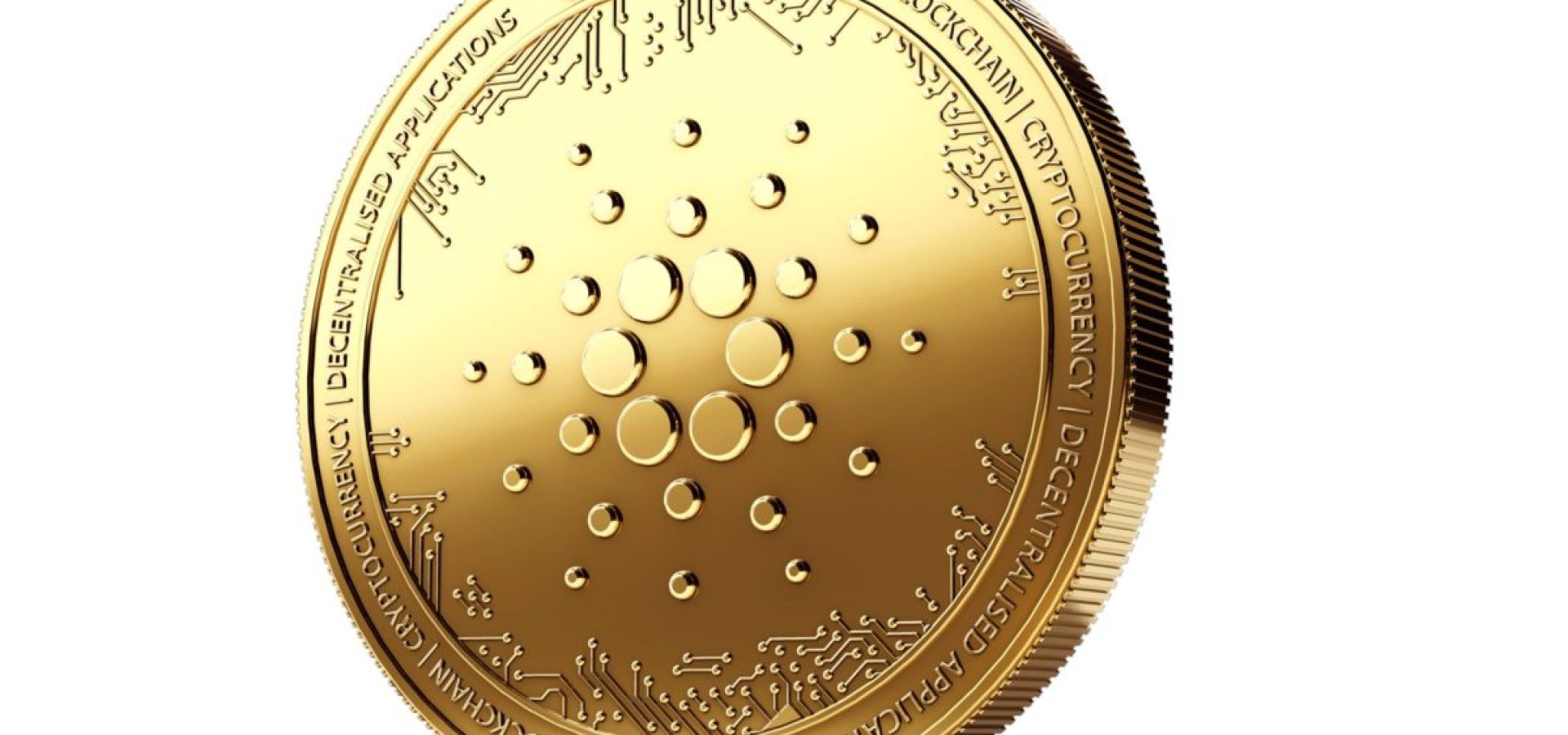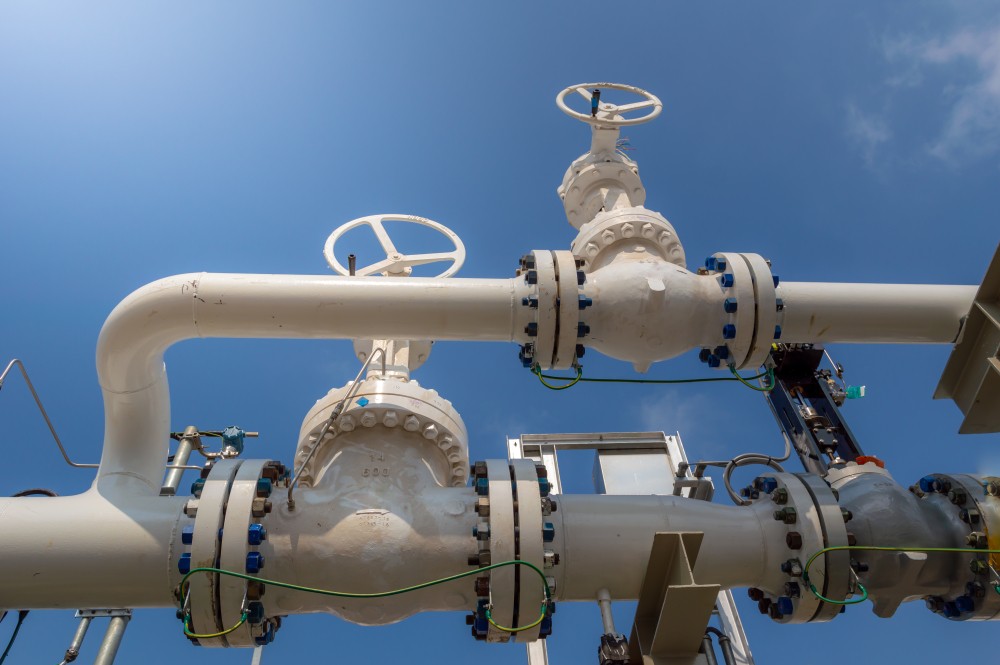Quick Look
- Cardano (ADA) has witnessed a significant price drop of over 9% in the last 24 hours, falling below $0.70.
- ADA’s trading volume dropped below $1 billion on March 16, signalling a decrease in trading activity and investor sentiment.
- The launch of USDM stablecoin aims to bring stability and innovation to the Cardano ecosystem.
Cardano aligned with a broader market trend that saw Bitcoin and other altcoins undergo significant corrections, as it recently faced a noteworthy downturn. This period of turbulence resulted in ADA’s price sinking more than 9% in the last 24 hours. Besides, the trading volume dipped below the $1 billion mark on March 16. Such movements indicate a decline in trading activity and a shift in investor sentiment towards caution.
Amidst this market volatility, Cardano welcomed a notable development on March 17, 2023. It aligned with Mehen Finance’s launch of USDM, its first 1:1 fully fiat-backed stablecoin. This event is a beacon of innovation, potentially fostering stability within the Cardano ecosystem and broader cryptocurrency market.
ADA’s Bearish Trend & USDM’s Introduction
The recent price movement of ADA is symbolic of the challenges and volatility inherent in the cryptocurrency market. Falling sharply by more than 9% and dropping below the $0.70 mark delineates a bearish trend, compounded by Bitcoin’s sharp correction and a bleed in the broader altcoin market. Such notable price movements often reflect underlying market dynamics. Those include investor reactions to global economic indicators or shifts in blockchain technology perceptions. The decline in ADA’s trading volume below $1 billion further illustrates a cooling of market enthusiasm and a cautious approach by investors.
Conversely, the Cardano community received a significant boost with the introduction of the USDM stablecoin. This development by Mehen Finance is pivotal. It offers a fully fiat-backed stable currency option for transactions and financial operations on the Cardano blockchain. The launch of USDM is particularly significant as it differs from the more common algorithmic or synthetic-based stablecoins. It provides a reliable medium of exchange that could enhance transactional stability and foster trust within the ecosystem.
Cardano’s Tech Innovations Continue
Cardano, renowned for its robust blockchain technology and commitment to fostering a sustainable and scalable ecosystem, continues to innovate despite market adversities. The Cardano blockchain, built on a proof-of-stake consensus mechanism, emphasizes security, scalability, and efficiency. These technological underpinnings serve as the foundation for developments like the USDM stablecoin, which are instrumental in advancing the blockchain’s utility and adoption.
The introduction of USDM is also a testament to Cardano’s ongoing technological advancements. It not only exposes its vision to provide practical, real-world applications for blockchain technology, but also such innovations contribute to the Cardano ecosystem’s stability and highlight the project’s commitment to addressing the challenges of mainstream blockchain adoption and the cryptocurrency market’s volatility.
Potential ADA Recovery Insights
The significant downturn in ADA’s price and trading volume reflects broader market sentiments, where investor confidence can swiftly change in response to both internal developments and external economic factors. Analyst Ali Martinez suggests that ADA could consolidate in the $0.55 — $0.80 range, followed by a jump to $1.70, indicating a potential for recovery based on historical patterns. This perspective highlights the cyclical nature of market sentiments and the possibility of resurgence despite current challenges.
The broader decline in trading interest and popularity, as noted across general social media platforms, underscores the impact of market corrections on investor sentiment. Yet, the strategic launch of technological innovations like USDM could pivot Cardano’s position in the market, offering new avenues for growth and stability amidst the prevailing market uncertainty.









COMMENTS